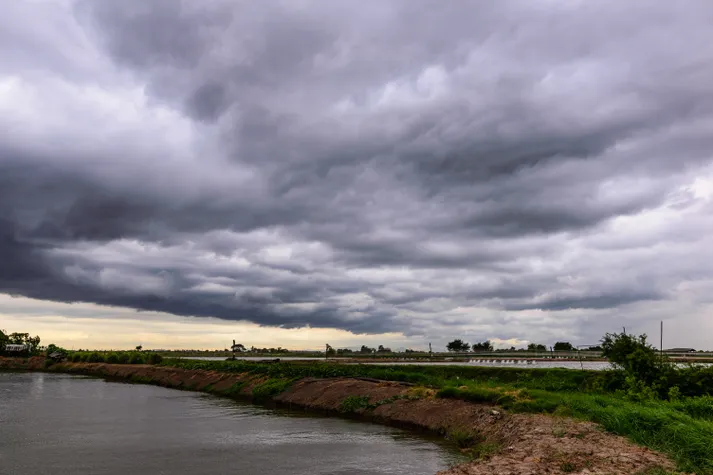



Article by: Hari Yellina
Rainfall and flood benchmarks have plummeted across the Northern Rivers, wreaking havoc on the agricultural industry and leaving a long road to recovery ahead. In the ten weeks since the region was initially pounded in early March, efforts have been impeded by a lack of sunlight and continuous water. For farm animals and crop growers dealing with flooded pastures, paddocks, and plantations, the winter outlook is dismal. The worst was yet to come, according to Lismore veterinarian Dr Bruno Ros, who predicted a rainy winter. “We still have catastrophic conditions on some farms where cattle are short on feed, are cold, and are standing in mud, and farmers are attempting to locate agistment to move them away,” Dr Ros added.
“Calves are having a hard time and are developing pneumonia, especially on dairy farms.” Cattle’s feet couldn’t take being wet and then walking on gravel laneways, according to him. “They become lame and develop abscesses,” he explained. Dr. Ros claimed that the problem was unknown to the state’s Agriculture Minister, Dugald Saunders. “The issue is that it starts at the top,” Dr. Ros explained. “The actual problem is that the agriculture minister, Dugald Saunders, has no idea what’s going on,” he claimed. He claimed that those making agricultural decisions were unaware of people’s circumstances in rural areas. Another problem, he said, was disaster recovery grant eligibility.
“Their default appears to be a process of exclusion and to wear individuals down, whether it’s small business applications or farmer applicants,” Dr Ros added. Mr Saunders justified his government’s reaction, claiming that 820 of the 2,500 $75,000 award applications had been handled. “It takes an average of 21 days to turn it around and get that money in the bank,” he added, noting that the time has decreased since the high in March. He stated that no miracle solution existed. “What we’re trying to do is provide a little help to allow individuals to go back into their normal pattern, which can take a long time,” he explained.
“The reality is that you can’t always remedy it; Mother Nature at her best and worst sometimes has the most impact on people’s lives.” The losses for the season have already been calculated by the macadamia industry. According to Jolyon Burnett, CEO of the Australian Macadamia Society, the loss of 5590 tonnes of nut would cost the national crop more than $21 million. He claimed that this amounted to a 10% decline in the national harvest, which had been predicted to be a record 54,930 tonnes nut-in-shell. “There’s not a lot of margin for the grower left at $3.80 or $4,” Mr Burnett said, “especially with fast growing expenses for fuel, fertiliser, chemicals, maintenance and repair, and farm equipment purchasing.”
While harvest in Bundaberg is well underway, farmers in the Northern Rivers are having difficulty getting machinery onto orchards to begin. “The longer their nut sits on the ground, the worse the quality,” he explained. Debrah Novak, the Clarence Valley Food chair, said she wants a specific hearing at the NSW Independent Flood Inquiry for affected farmers and fishermen. Ms Novak said the Insurance Council of Australia’s estimate of $3.4 billion in flood damage might be doubled once the effects on the rural economy are fully realised. “We have at least 65 commodities in the Northern Rivers that haven’t all had their impacts done yet, so even your bee, soybean, cattle, and sugarcane data aren’t in yet,” he says.
Crops, cattle, infrastructure, and machinery worth millions of dollars have been lost, according to Ms Novak. She noted that while flood-affected persons in metropolitan areas had plenty of opportunities to get help, farmers had it more difficult. “A lot of our farmers usually argue that others are worse off than them, yet there are just as many worse off with them,” she remarked. “How do we accompany people through this trauma, because it’s trauma they’re facing in the aftermath of bushfires, another flood, and drought?”